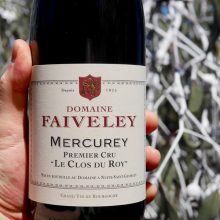
Product information
Domaine Faiveley Mercurey 1er Cru ‘Le Clos du Roy’ 2019
Pinot Noir from Mercurey, France, Côte Chalonnaise, Burgundy
$117
Description
Aromas of plums, spices, incense and soil tones, framed by a touch of toasty new oak, introduce the 2019 Mercurey 1er Cru Clos du Roy, a medium to full-bodied, layered and velvety wine that’s fleshy and concentrated, with fine, powdery tannins and lively acids. This is an enveloping, gourmand wine from a 2.6-hectare parcel.
William Kelley 93 Points BH 90-92
Out of stock
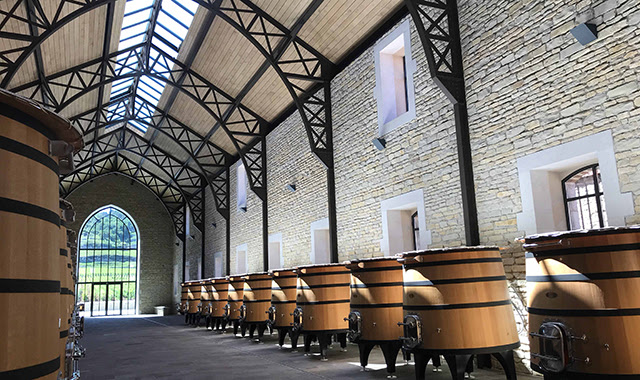








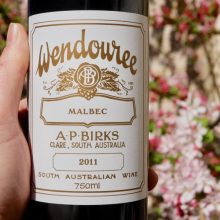
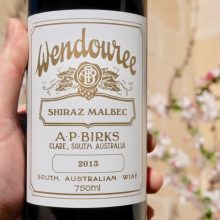
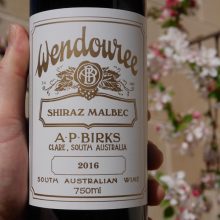
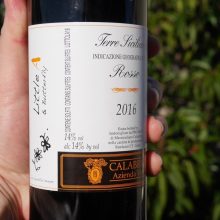
You must be logged in to post a comment.